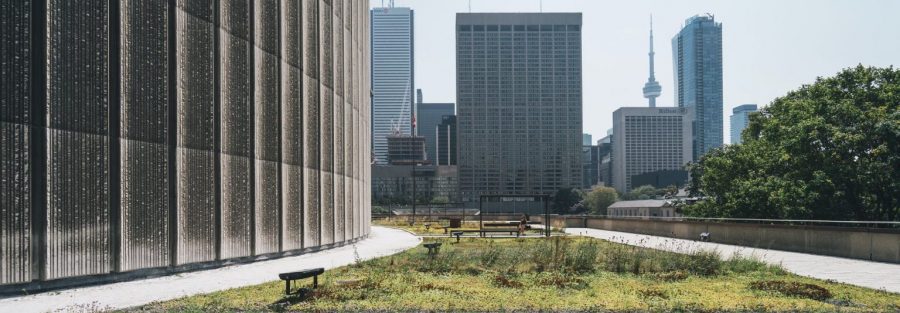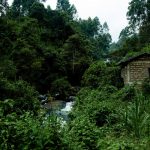We are living in unprecedented times when the world is grappling with various difficulties of climate change and interlinked vulnerabilities radiating from globalization. Quality standard of life for humans and other components of the ecosystem is under peril. There are numerous disasters that continue to shock the world as well as other chronic stresses that have continued to cause protracted impacts.
The overarching impact of this is that the Sustainable Development Goal (SDG) 11 of making cities and human settlements inclusive, safe, resilient and sustainable is at risk of being underachieved. Even more precarious is the fact that SDGs are intertwined in such a way that the attainment of one is dependent on the success of the other. It is under this underpinning that the world needs to look at resilience as a multi-faceted element of sustainable development to make a better and more sustainable future for all and to forestall the possibility of reversing the gains and efforts that have insofar been put in to achieve the SDGs by 2030.
Each social or economic sector has the aspect of resilience. This is because we need to bring in the capability of the entire ecosystem to withstand the aforementioned challenges. Whereas there is no single definition of what resilience is, most disciplines agree that it is the ability to adapt well in the face of hardships caused by both preventable and unpreventable conditions. Resilience therefore needs to take the preventive and corrective approach; That in the course of building resilience in the world, we should not jeopardise the progress made. Once we have realised the concerns that impinge resilience, it is easier to forestall them and implement what works with minimal negative effects.
In the wake of technological development, where innovations are metamorphosing every single day, there is a need to come up with innovations that foster development.
For instance in engineering, there are technologies in roads construction that can lead to resilience by their nature. As the world continues to develop accessibility to more people especially in the rural areas, constructions should take cognizance of drainage issues and even how these roads relate with the rest of the ecosystem. It should profit the highest number in the ecosystem vis a vis disadvantaging other parts of the same.
One of the other major aspects that work hand-in-hand with resilience is sustainable development. It should however be realised that resilience is not similar to sustainable development, but it is one of the primary elements of the latter. We can not support sustainable development without building resilience. This can be fostered by building partnerships and regional and international cooperation between and among states and non-state actors. Resilience can better be built when there are concerted synergies so that the diverse facets of resilience are tackled without redundancy or overlooking some other facets.
Kenya Climate Innovation Center (KCIC) which is led by the sustainability evangelist Edward Mungai for example is one of the non-state actors that envisions to be a one stop shop supporting innovative climate change solutions and sustainable development in Kenya.This is in realisation that when the effects of climate change have been mitigated, cities will be more resilient. Sustainable development would be realisable if businesses across the globe would adopt technologies that are future-focussed. To bring this into reality, KCIC provides business support, financing and awareness creation to empower the private sector to deliver innovative climate change solutions and provide strategic direction on matters policy, advocacy and sustainable development.
These have been identified as some of requisite components of building resilience both at the policy and implementation levels, from the side of KCIC and from the side of the clients supported. The thousands of clients who have been supported by the organisation since inception have not only mitigated noxious emissions into the atmosphere, but have also come up with innovative products that have been sold in Kenya and beyond and have the capacity to build resilience among the customers.
KCIC’s autonomous subsidiaries Kenya Climate Ventures (KCV) and KCIC Consulting are also in the forefront of not only building resilience in Kenya, but also assisting in the holistic attainment of the SDGs. KCV is working on accelerating the development of the clean-tech industry by providing tailored financial and managerial assistance. For clean-tech companies that have come up with products that can edify resilience, KCV is able to support them until they have completely proliferated their products into the market. KCIC Consulting on the other hand provides sustainable solutions to pressing economic, social and environmental challenges by delivering advisory and support that will lead to sustainable solutions for businesses across Africa. Its department of Africa Sustainability Matters reinforces this by developing stories and reports on sustainability and resilience.
While the world continues to grow and probably make life easier, there is the paradox of life not being easier. Development and time also come with some difficulties and it is only through being more resilient that life will become more bearable. It is a call therefore for all of us to think about how we can build resilience in our daily lives and tasks.
A redacted version of this article was first published on 23rd December 2020 on Business Daily by Solomon Irungu N.



